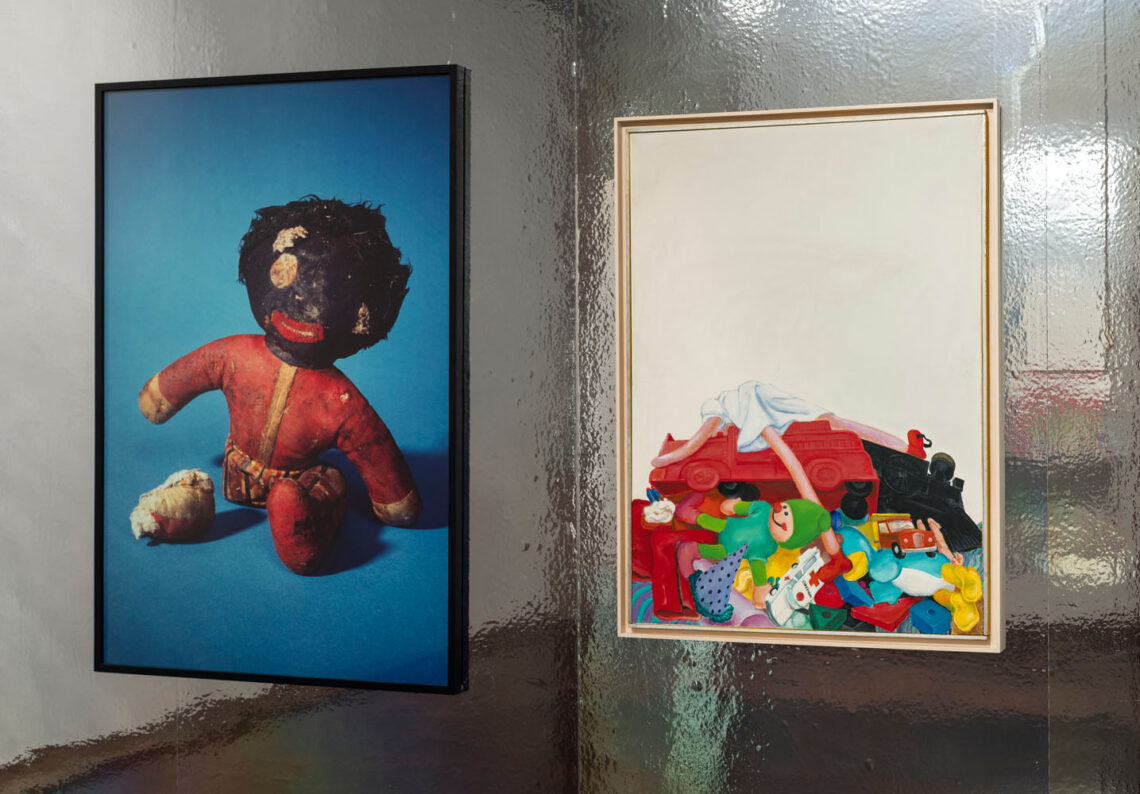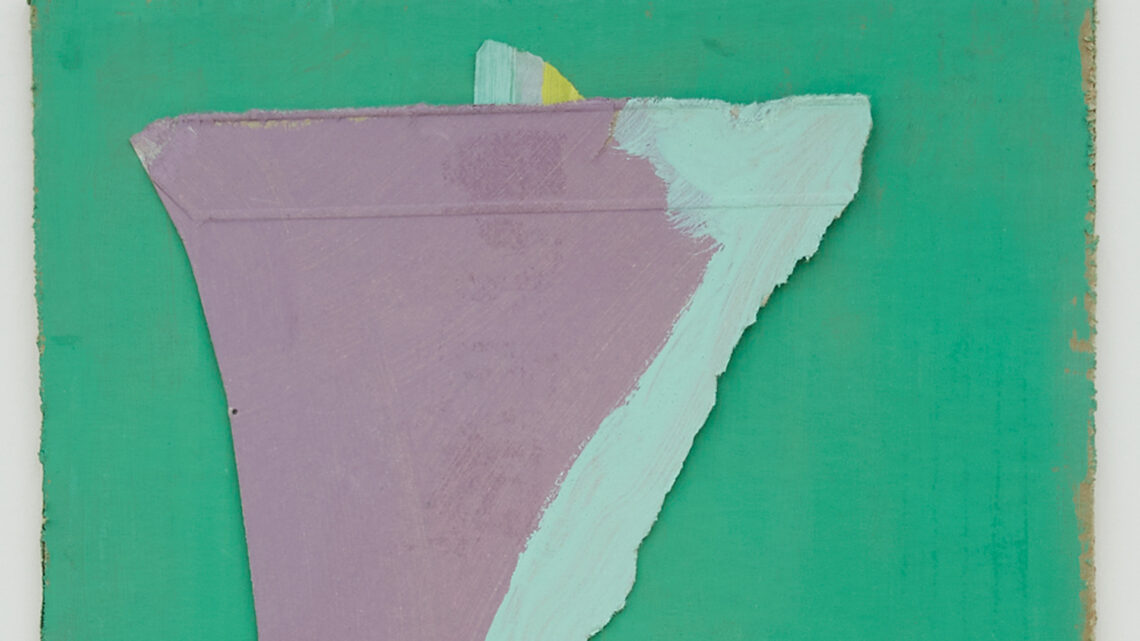Following water

“When you say ‘water’, what do you mean?” In her work “Saying water” (2012), the artist Roni Horn asks this question about the nature of water, which at first seems simple. So what do we mean when we say “water”? The sea? The rain that falls from the sky? Mineral water in a glass? Or ourselves, because our bodies are also largely made up of water? Water is omnipresent and the source of all life. But when we say “water”, water always connects us with something else. We mean reflections on the water or what we assume to be beneath its surface. We mean travel memories, the habitat of plants and animals and the weather. We mean environmental disasters, water shortages and the trade in drinking water. And we mean the global economy, human rights and their violations in the Mediterranean. Water leads us to multi-layered themes that affect culture, nature, politics, the economy, body and mind. It is highly topical, omnipresent and the subject of multifaceted international curatorial, artistic and academic projects that underline the fascination and relevance of the topic. Based on her collection of the art of the the twentieth and 21st century, the Kunsthalle Bielefeld takes up these debates and follows water in art with a large international group exhibition. Following the water means encountering a multitude of different themes, artistic positions, unexpected actors and contexts. The exhibition brings together works by around fifty international artists and combines the Kunsthalle’s collection with selected contemporary positions that address current cultural, political, economic and ecological aspects of water. In the collection of the Kunsthalle Bielefeld, the focus on water brings to light paintings by Ferdinand Hodler, Gabriele Münter and Kenneth Noland, among others. But the water not only makes the works of well-known artists visible, it also leads us to less frequently seen works, such as those by Karl Ellermann, Hella Guth and Ernst Sagewka. The water flows through art history and also brings to light sculptures by Henri Gaudier-Brzeska and Jacques Lipchitz, photographs by Hiroshi Sugimoto and the film of Robert Smithson’s spectacular “Spiral Jetty” (1970), an artwork several hundred square meters in size in the Great Salt Lake in Utah.
With works by Katinka Bock, Carolina Caycedo, Lovis Corinth, Catherina Cramer & Giulietta Ockenfuß, Ludwig Dill, Karl Ellermann, Max Ernst, Lyonel Feininger, Conrad Felixmüller, Hermann Freudenau, Henri Gaudier-Brzeska, Hella Guth, Franz Hecker, Klara Hobza, Ferdinand Hodler, Ludwig von Hofmann, Olaf Holzapfel, Roni Horn, Axel Kasseböhmer, Anselm Kiefer, Jacques Lipchitz, Henri Manguin, Anton Melbye, Otto Modersohn, Gabriele Münter, Kenneth Noland, Adrian Paci, Enrique Ramírez, Ernst Sagewka, Robert Smithson, Hiroshi Sugimoto, Heinrich Vogeler u. v. m.
Supported by the Ministry of Culture and Science of the State of North Rhine-Westphalia, the Kunststiftung NRW, the Sparkasse Bielefeld Foundation and the Stadtwerke Stiftung.
Gallerie
















